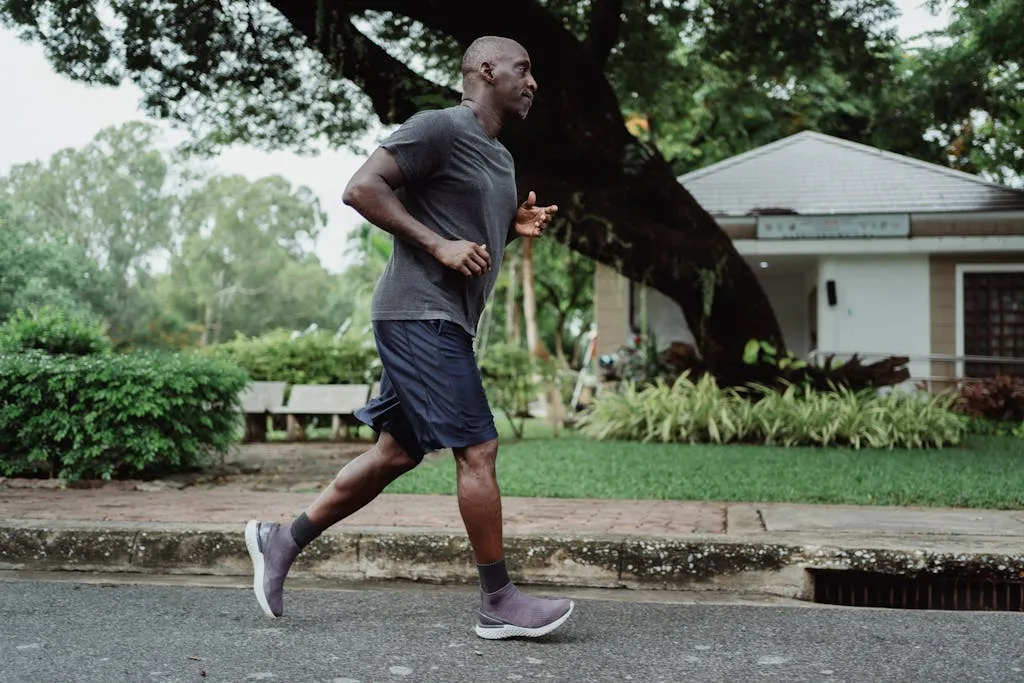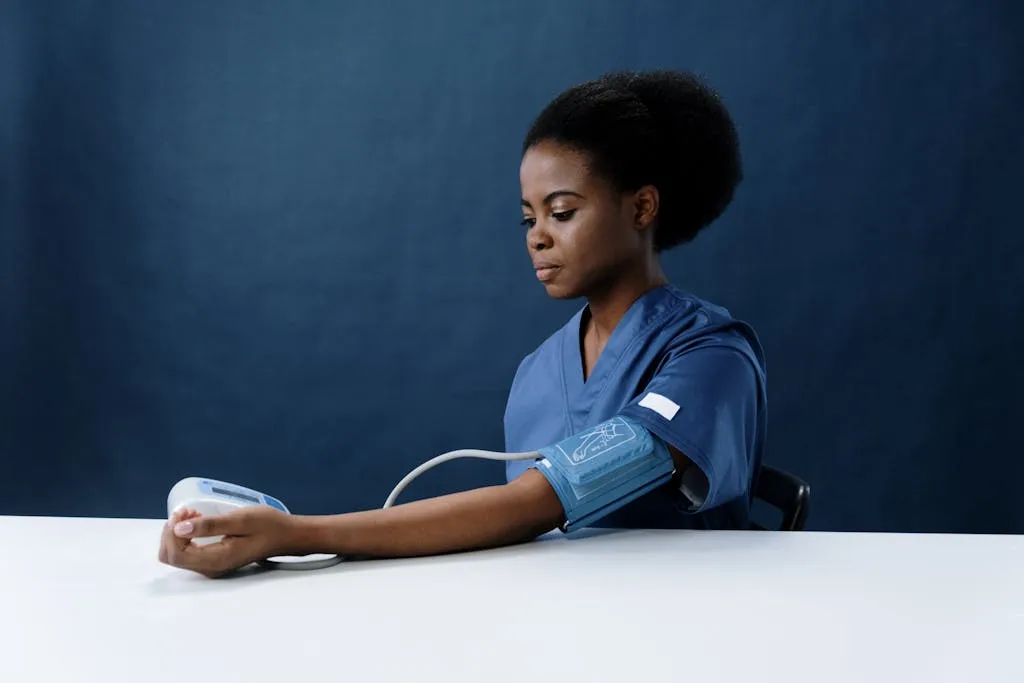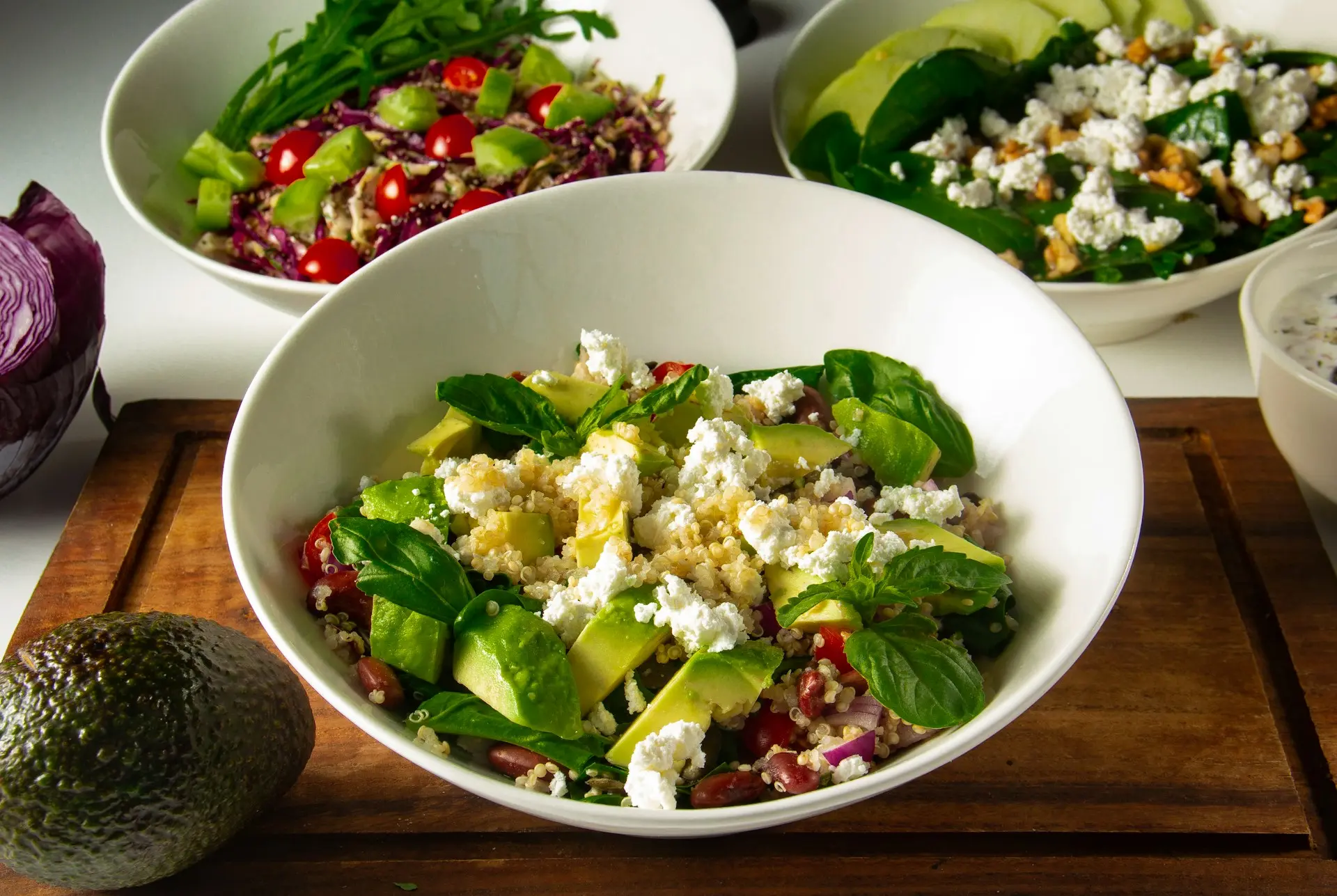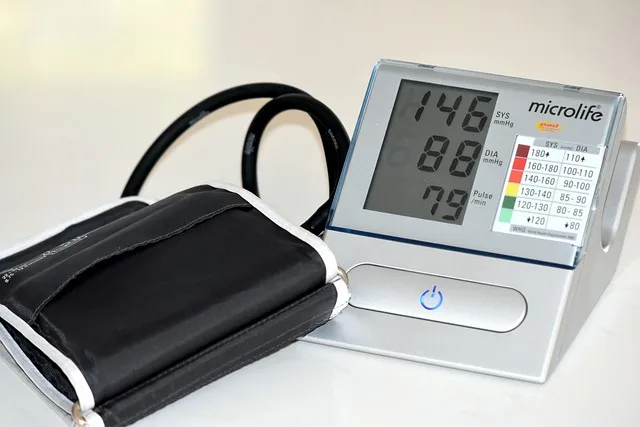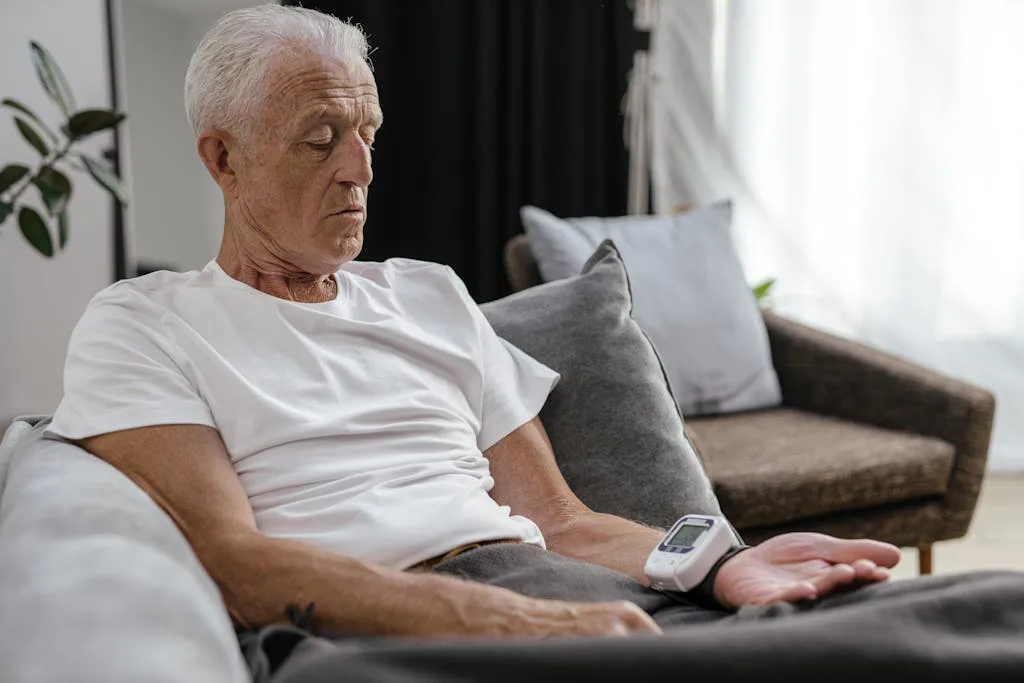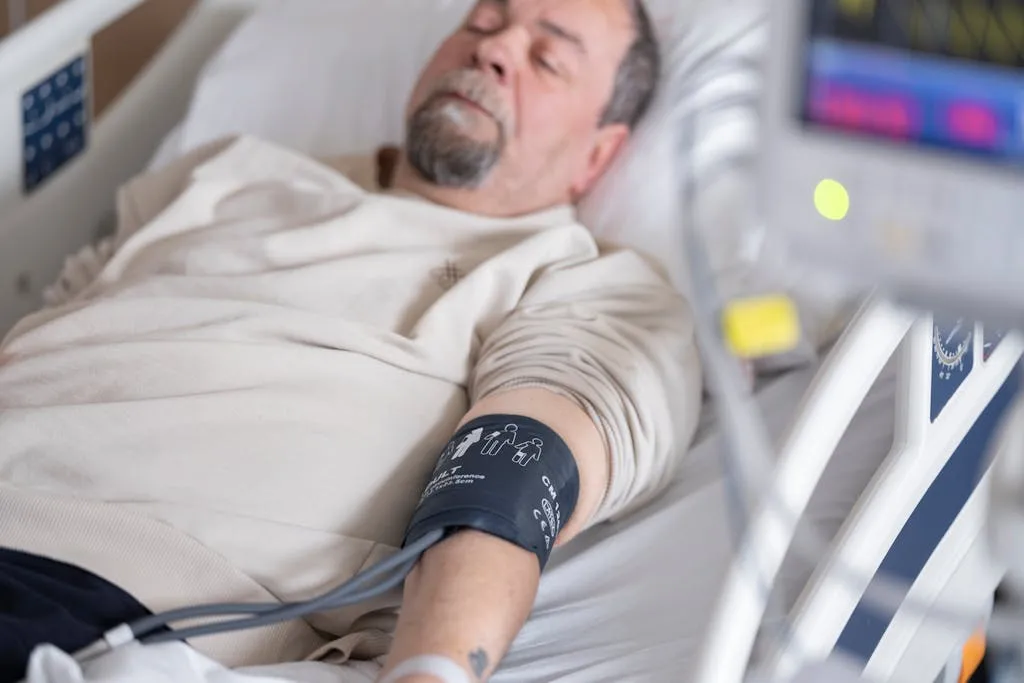If you have high blood pressure (hypertension), it means your blood consistently pushes against the walls of your arteries with greater strength than is normal. High blood pressure is a “silent killer” because it may not cause any symptoms until it is very severe, or goes unmanaged for long.
To help control their blood pressure, all people living with hypertension are required to adopt healthy habits such as maintaining a healthy weight, limiting salt intake, exercising regularly, stopping smoking, and reducing alcohol intake. Taking antihypertensive medications may also be necessary.
Not only does regular exercise help in preventing and managing high blood pressure, but also improves mood and helps you feel more relaxed. Even sneaking in a few minutes of activity in your daily schedule can provide health benefits. Whether it’s climbing stairs, walking to the kitchen to make a cup of tea, or taking a walk around your backyard.
How does exercise lower blood pressure?
Regular exercise lowers blood pressure by:
- Reducing the stiffness of blood pressure walls. This makes the blood vessels more extensible and allows blood to flow through them more easily.
- Increasing the sensitivity of baroreceptors. Baroreceptors are special sensors in the large neck blood vessels, which detect blood pressure changes and signal your brain to adjust heart rate and blood vessels tightness. More sensitive baroreceptors help with better blood pressure control.
- Increasing the release of myokines (small proteins released from muscle cells when they contract, usually during exercise). Certain myokines are associated with reduction in blood pressure.
- Increasing the production of nitric oxide from blood vessel endothelial cells. The endothelium is the innermost layer of blood vessels walls. Nitric oxide is a natural chemical that dilates (widens) blood vessels and eases blood flow through them.
- Helping with weight loss and reduction of fat that surrounds organs in your abdomen (visceral fat). Fat cells, particularly those of visceral fat, release small proteins called adipokines which activate mechanisms that increase blood pressure. Therefore, exercise prevents activation of these mechanisms and keeps your blood pressure down.
What are the best exercises for lowering blood pressure?
The 2 main types of exercises recommended for lowering blood pressure are:
Aerobic, or cardiovascular (cardio) exercise
For the most benefit, you need to perform moderate-intensity or vigorous-intensity aerobic exercise. Moderate-intensity aerobic exercises include brisk walking, slow cycling, tennis (doubles), mowing the lawn, vacuuming, and water aerobics.
Vigorous-intensity aerobic exercises include running, fast cycling, heavy gardening, tennis (singles), and swimming laps.
Resistance, or strength training
This builds muscle strength and supports blood pressure control. Resistance exercises can be dynamic or isometric. Dynamic resistance training involves joint movement and includes weightlifting, squats, pull-ups, and lunges.
Isometric resistance training strengthens muscles without joint movement. It includes activities like planks, wall sits, squat holds, and handgrip exercises.
How often should I exercise?
You should aim for at least 150 minutes of moderate-intensity exercise weekly, 75 minutes of vigorous-intensity exercise weekly, or a combination of both.
If you’re not usually physically active, gradually increase how much you exercise until you can get at least 30 minutes of moderate-intensity exercise a day, at least 5 days a week. Performing at least 25 minutes of vigorous-intensity exercise a day, at least 3 days a week, offers similar benefit.
Additional health benefits can be gotten from performing 300 minutes of moderate-intensity or 150 minutes of vigorous-intensity exercise weekly.
If you are elderly or have health conditions that make it impossible to achieve the recommended amounts of exercise, try to get as much exercise as you can. Even small amounts of exercise can add up and offer long term health benefits.
Adding resistance exercises to aerobic activities provides more heart health benefits. The recommendation is to start with 1–2 sets of 10–15 repetitions for each exercise. Use weights or resistance levels that are about a half of the heaviest you can lift at once. Aim to do resistance exercises at least 2 days a week, focusing on 8–10 exercises that work all major muscle groups.
Tips for starting and sustaining a hypertension-friendly exercise routine
Starting and maintaining an exercise routine can feel challenging, but with the right approach, it can become an enjoyable part of your life. Here are some tips to get you started and keep consistent:
- Consult your doctor before starting an exercise program, especially if you have a very high blood pressure or other chronic medical conditions.
- Start small and break your exercise into manageable 10-minute sessions. This offers the same benefit as a single 30-minute exercise session.
- To prevent injuries and aid recovery, always warm up before exercising and cool down afterward.
- To make your experience fun, choose activities you genuinely enjoy. Whether it’s walking, dancing, gardening, or swimming, it’s easier to stay consistent when you like the activity you’re doing.
- Find an exercise partner or group to keep you motivated and accountable.
- Prioritize consistency over intensity; aim to exercise regularly rather than overdoing it. Remember, it’s a marathon towards a healthier you, not a sprint.
- Set alarms on your devices to remind you when it’s time to get active. To make it easier to incorporate exercise into your daily routine, try to exercise at the same time every day.
- Track your progress and celebrate small milestones to keep yourself motivated.
- Stay well hydrated. Drink water before, during, and after exercise to prevent dehydration.
- To avoid burnout or injury, listen to your body and rest when needed. Stop exercising immediately if you feel dizzy, lightheaded, short of breath, or experience pain in the chest, neck, arm, jaw, or shoulder. These may indicate a serious heart problem, so you need to seek immediate medical help.
What should I remember?
High blood pressure can cause serious health issues like heart disease and stroke. Exercise is a powerful way to lower blood pressure and improve heart health naturally. Aerobic activities like walking, swimming, or cycling, along with resistance training, are highly effective. Aim for at least 150 minutes of moderate-intensity exercise or 75 minutes of vigorous-intensity exercise each week to see results.
Choose activities you enjoy, start gradually with simple exercises, and break workouts into manageable sessions. Taking small steps today can lead to big changes in your health—start your journey to healthier blood pressure now!

